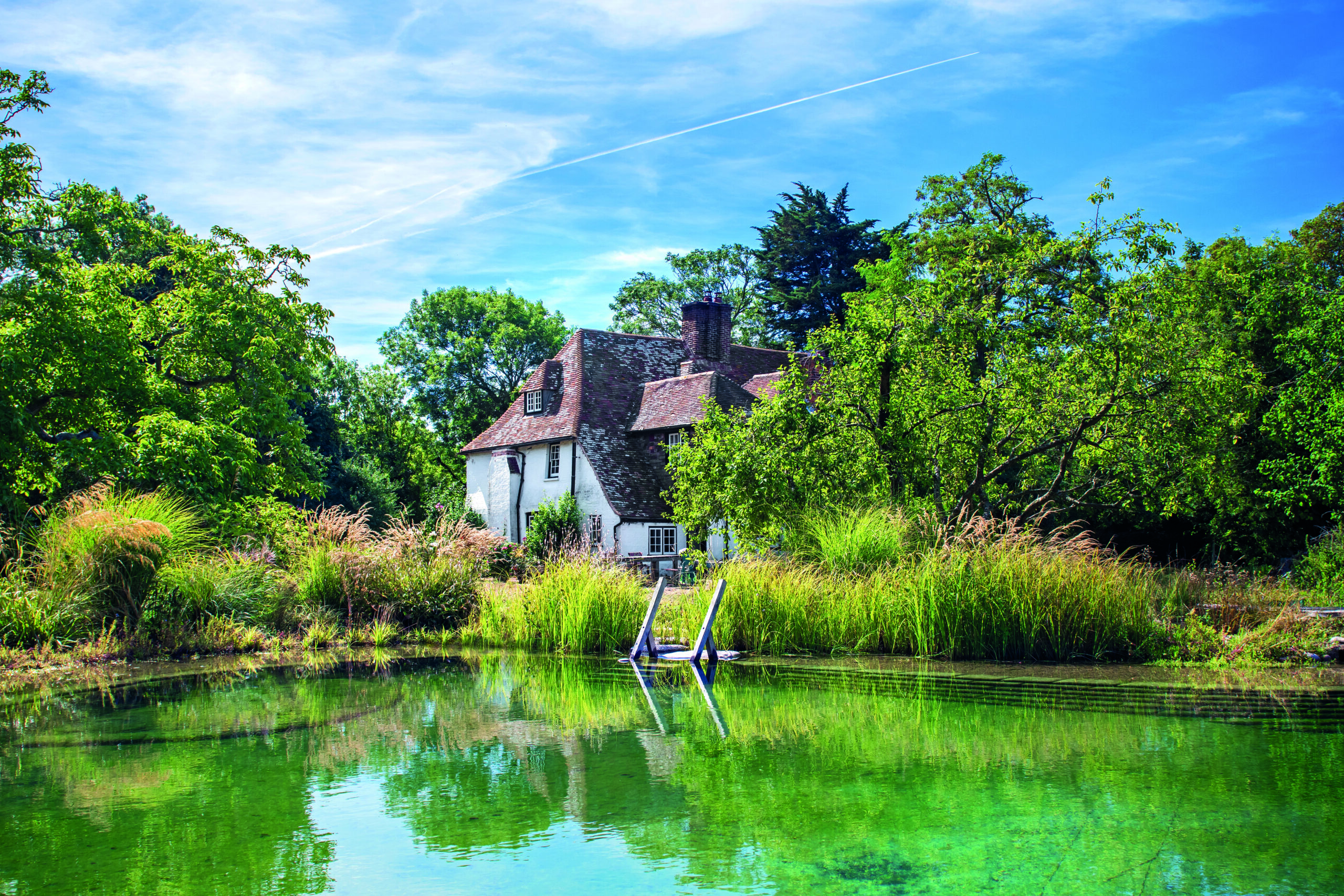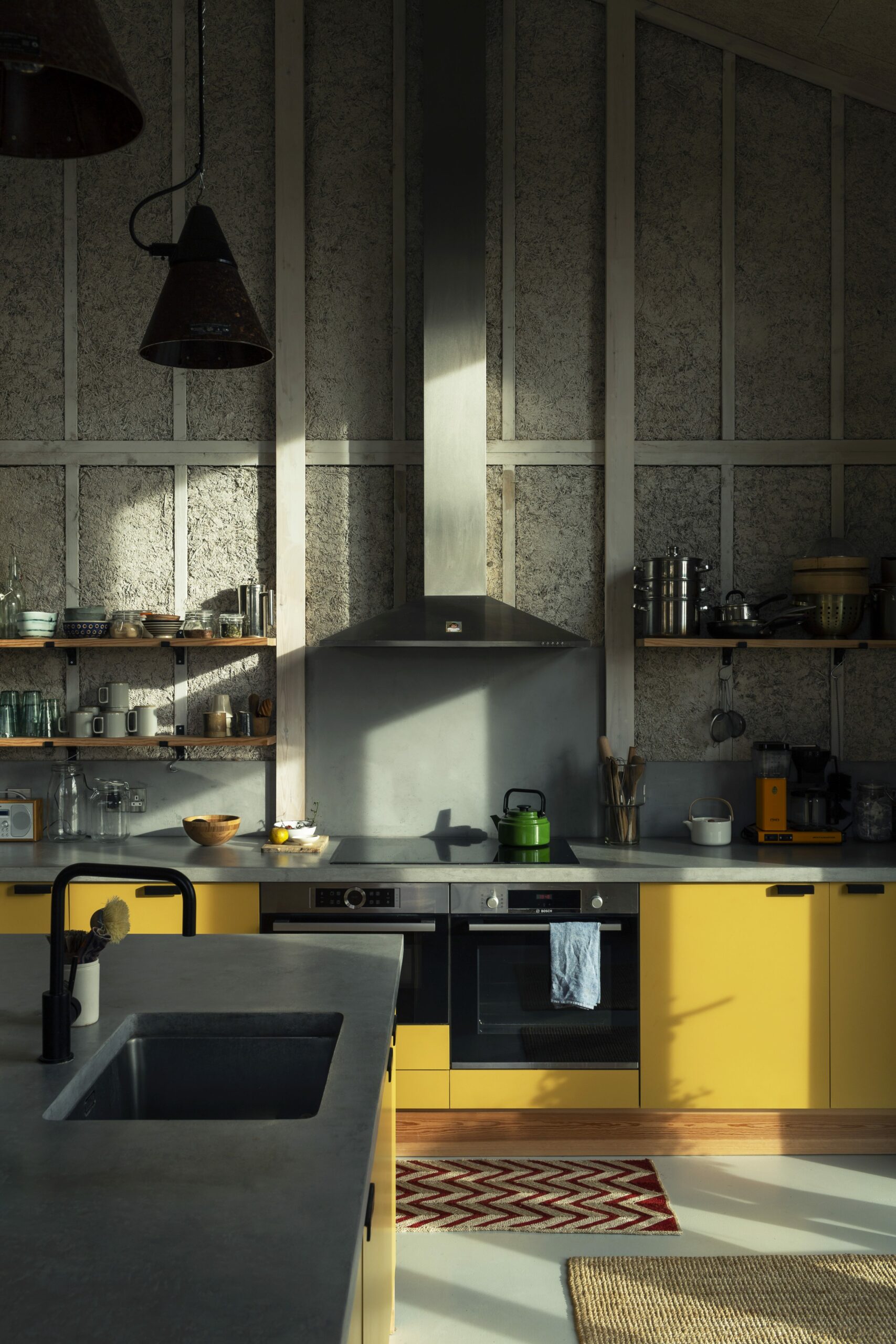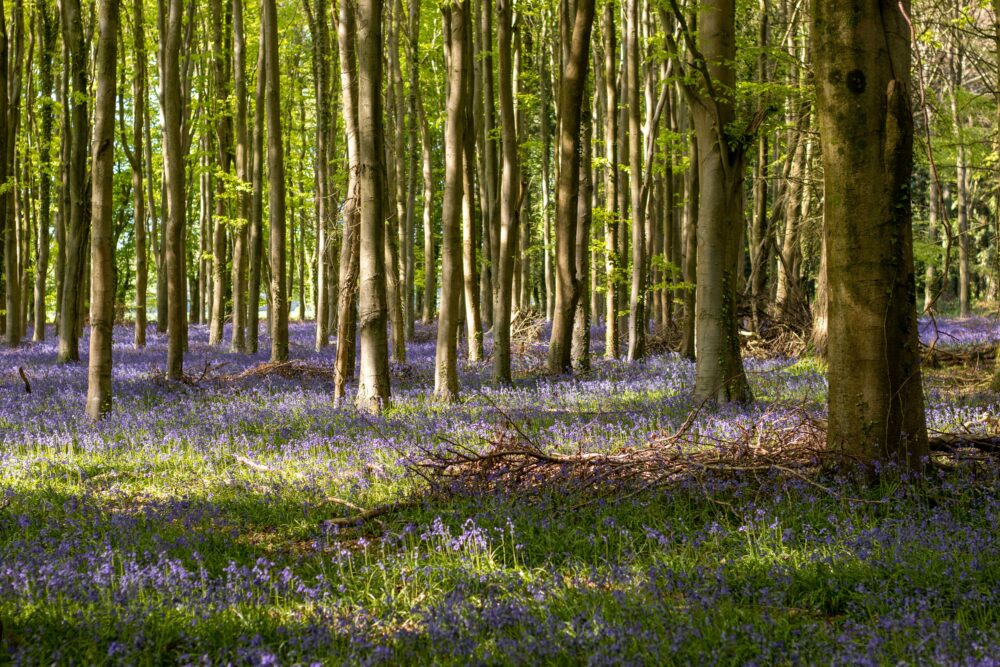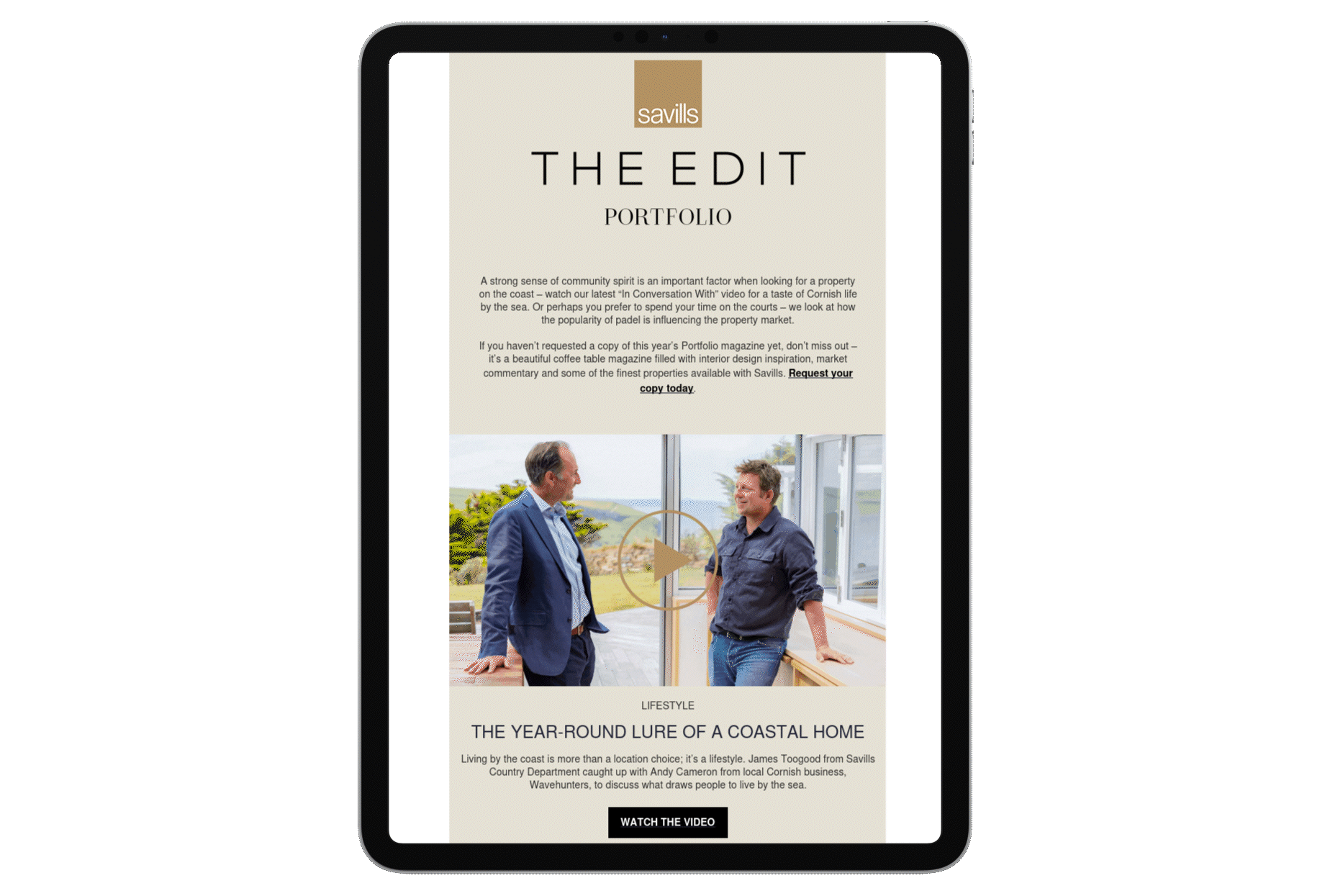“Many more people who live in country houses are striving to live more sustainable lives,” says Crispin Holborow at Savills Private Office. Increasingly, clients require advice on everything from improving biodiversity in their grounds to heating those historic houses in the most carbon-neutral way possible. “They usually come to us well informed,” says Holborow. “They know what they want to do, but they’re asking us, ‘How do we do it?’”
The perfect new-build?
The international Passivhaus guidelines are the most rigorous voluntary standards for energy efficiency. A home built to Passivhaus standards is so well designed and constructed that barely any “active heating” is needed – typically just one electric radiator in a four-bedroom house. This is possible thanks to highly efficient insulation, no unwanted draughts, no thermal bridges that conduct heat out of the building, a compact shape and a system of mechanical ventilation and heat recovery that provides excellent indoor air quality, as well as using waste heat to warm the home.
Choosing the right materials
If you are building new, the choice of materials requires careful consideration. Manufacturing and transporting conventional materials such as concrete, steel and bricks creates a huge amount of carbon-dioxide emissions – their use should be minimised to create a home with a small carbon footprint. Instead, if you choose products that have sequestered carbon during their manufacture, such as straw, timber or hemp, your new-build could be carbon negative.
Retrofitting an historic home
Even historic properties can be retrofitted to efficiency standards sufficient to ditch the gas- or oil-powered central-heating system and rely on a small amount of low-energy electric heating. In what’s known as an EnerPhit (energy retrofit with Passivhaus components), windows and doors are triple-glazed and made airtight against unwanted draughts, and fireplaces are sealed up. Heating might come from all-electric ground-source heat pumps or a water-source heat pump that uses the heat energy of a lake or pond in your grounds.
Something in the air
“Old buildings need to breathe” is a frequent response to the suggestion of making old country houses airtight. This is a common misunderstanding. A building can be airtight and still able to breathe. Breathability is about moisture – you do not need howling draughts through rattling windows. What you do need is natural materials that are vapour-permeable – the kind from which most old houses are constructed. Wood fibre, rammed earth, straw and lime plaster are all able to moderate moisture that could otherwise rot timbers.
Listed and green
“Old buildings have got to stay old buildings,” says Savills conservation architect Andy McRoyall, who believes there is sometimes a clash between the aesthetics of conservation and the practicalities of sustainability. However, a deep retrofit of a listed property is perfectly possible. Unwanted draughts are easy to deal with: brush seals can be fitted around doors and windows, while heavy curtains dramatically reduce draughts from old windows. Chimneys that aren’t in use can be sealed up or temporarily blocked. Loft spaces and below-floors should be insulated.
Regenerative gardening
There’s nothing more rewarding than growing your own fruit and veg – everything tastes better when freshly picked, and food miles are eliminated. But if you’re spraying chemicals, depleting the soil’s fertility and using lots of water, the local environment will suffer. Practise “regenerative gardening”, which will enhance the quality of the soil and restore its microbiome. You need to be adding as much organic matter – such as peat-free compost and well-rotted manure – as possible. After a few years the soil health will improve dramatically, as will the yield and flavour of your crops. It is the kind of virtuous circle that today is increasingly sought by the owners of country homes, old and new.
Pictures from top: this walled garden, with its delphinium border, has been returned to its former productive glory (Alamy); ponds look beautiful, attract an array of wildlife and have the added benefit of flood mitigation (Alamy) ; the Flat House, a zero-carbon new-build in Cambridgeshire (Oskar Proctor); a carpet of English bluebells (Alamy)





